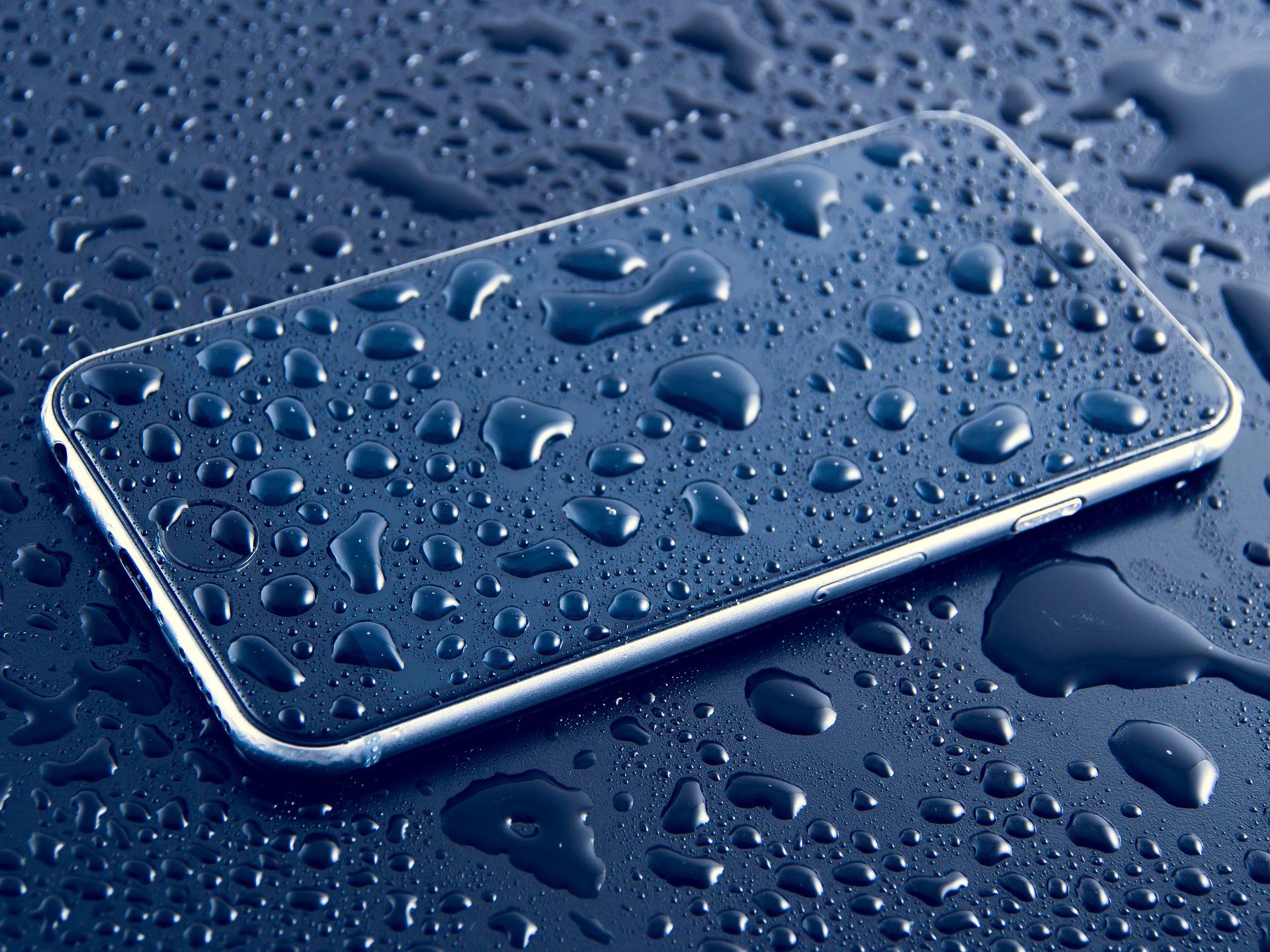If you’ve accidentally dropped your phone into the water, you’re probably wondering what to do next. There are several ways to deal with this situation, and we’ve outlined these below. First of all, turn off your phone and remove the battery, SIM card, and a microSD card. Gently dab the phone to dry it. Avoid rubbing it. You can also use a vacuum to gently remove water from all the openings on your phone. Finally, resist the urge to place it under the sun. Instead, keep your phone in a cool place.
Remove everything that is user-removable
If you accidentally spill water on your phone, remove everything that is user-removable from it, including the back cover and SIM or SD card. If your phone has a removable back cover, you can wipe it dry with a soft cloth. Otherwise, simply allow the phone to air-dry. Avoid handling the device until the water has been completely removed. If your phone is not user-removable, follow these instructions:
If you spill water on your phone, first remove all user-removable parts from your phone. The SIM card and SD card can be removed from the phone, but if you’re using an Android model, you can also take out the battery. It’s important to remove everything that is user-removable, since these components can become damaged by water. Also, remember to turn off your phone before attempting to dry it.
Remove the battery
After a water spill on your phone, the first thing you need to do is dry it out. Don’t turn it on right away – you could end up damaging the circuitry! Remove the battery and any other components you need to dry, including the camera lens. Next, disinfect it as much as possible. And, if possible, remove the battery completely. If you spilled water on your phone while in the bathroom, remove the battery before using it.
Next, make sure to dry out the phone. If it’s a removable battery, you can remove the battery and SIM card and dry it out. If water has penetrated into the phone’s internal parts, you can also clean it out with a dielectric or 99% rubbing alcohol. Also, try using a toothbrush to remove sticky fluids from small spaces. A vacuum cleaner can also be used to remove water from hard-to-reach parts. Just make sure to use gentle suction as hard suction can damage the phone.
Remove the SIM card
As soon as you notice any signs of water damage on your phone, it is essential to remove the SIM card. A SIM card is the smallest, internal component of your cell phone and can be severely damaged by prolonged water exposure. If you spill water on your phone, the best thing to do is remove the SIM card and dry the phone immediately. In some cases, water can even damage the battery of your phone.
To remove the SIM card, if you spill water on the phone, first turn it off. Next, remove the battery, the microSD card, and SIM card. Next, gently clean the phone using a dry, clean cloth. Avoid rubbing the phone, and gently vacuum the phone’s openings to remove any debris. Resist the temptation to leave your phone out in the sun. If possible, store your phone in a cool, dry location until it is fully dry.
Remove the SD card
If you accidentally spill water on your cell phone, the first thing you should do is remove the SD card. This will save your precious data from being corrupted by water. Even distilled water won’t do much to help. However, you can try rubbing alcohol to protect the card. Using pure alcohol will help protect the phone from water damage because it displaces it. After the alcohol is absorbed by the water, it evaporates.
If you do manage to spill water on your phone, the next thing you should do is to dry it. You should not turn on the phone until it has completely dried. You should avoid moving the phone, as the water may get inside it. In addition, you should not move the phone while drying it. Otherwise, you may end up causing damage. You can remove the SD card and clean the rest of the phone.
Submerge the phone in a desiccant
If you spill water on your phone, the first thing to do is to remove the battery, the microSD card, and SIM card. Then gently dab the phone dry. The phone will need 48 to 72 hours to absorb the water. If you cannot remove the water immediately, it may be worth trying a desiccant instead. You can get one of these from new product packages, or even noodle packets. However, do not attempt to power your phone up right away; the process can short circuit the device.
You can also use a mechanical air compressor. Simply set the compressor to the lowest possible psi and blow the water out of the phone. Be sure to blow across the phone’s surface and ports so the water cannot enter the internal components. Do not use high so as this may cause more damage to the phone. If your phone is still wet when you do this, try to use it for a few days before you try to use it again.
